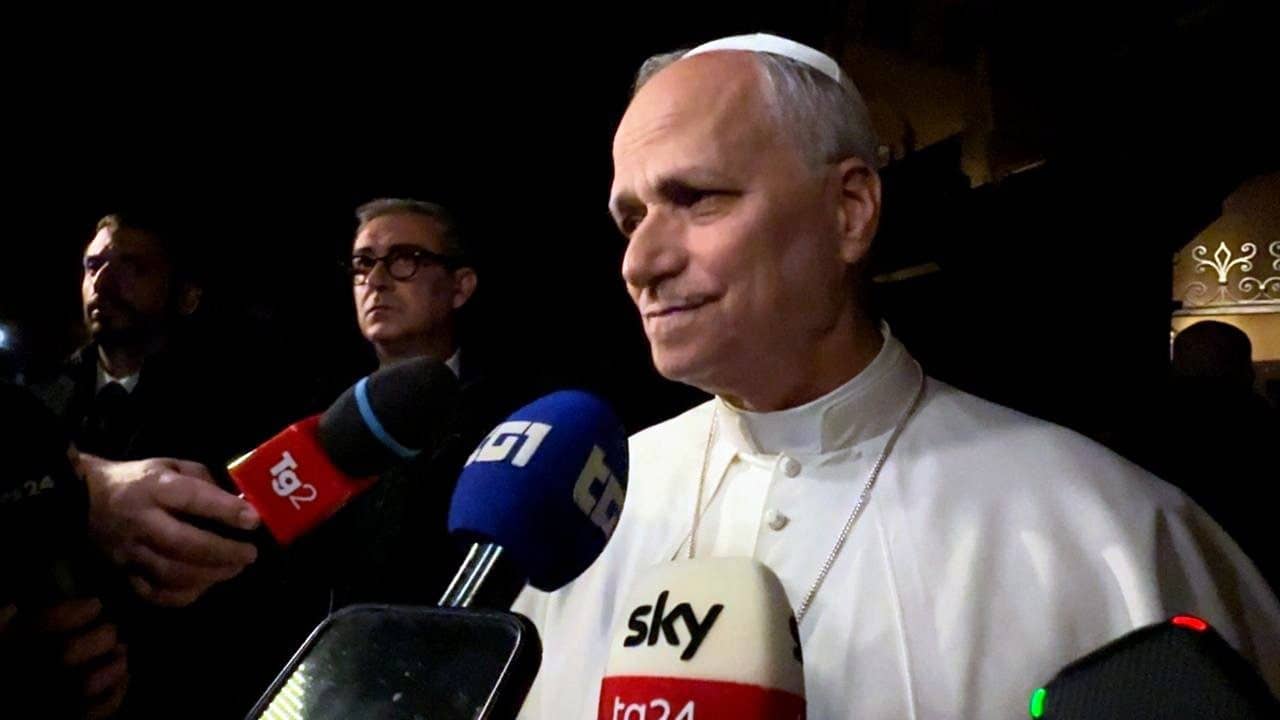ROME — Cardinals and other Catholic prelates from around the world will gather in Rome this week to discuss women’s issues such as domestic violence, plastic surgery, and women’s contributions to the Church.
However, there won’t be any women at the table when the conversation begins, with the Vatican’s latest effort to take up women’s issues raising eyebrows and stirring controversy.
The Vatican’s Pontifical Council for Culture, headed by Italian Cardinal Gianfranco Ravasi, is holding its annual plenary assembly Feb. 4-7 to talk about “Women’s Culture: Equality and Difference.”
The assembly was officially presented this Monday at a Vatican news conference.
Ravasi said women were invited to make presentations on various issues to be taken up in the plenary assembly, but since the members of the council are all men, that’s who will talk things out behind closed doors.
Ravasi defined the process as “women directing the dance,” with men performing the steps.
This is just the latest in a series of missteps causing the Council for Culture’s discussion of women to have a tumultuous start.
Last month, for instance, a YouTube video featuring Italian actress Nancy Brilli, who asked women around the world to submit messages for the plenary assembly, stirred controversy for what critics saw as Brilli’s stereotypically flirtatious performance.
Brilli conceded in Monday’s press conference that the damage from that was hard to undo, noting that “once you put it in the Internet, it’s out there, you can’t bring it down.”
Adding fuel to the fire, the website of the general assembly is illustrated with an image of “Venus Restored” by artist Man Ray, a plaster cast of a headless Venus tightly bound in ropes.
The 1936 sculpture is intended to depict woman as a subjugated sex object, but also as a creature who rises above men’s depictions. Critics have questioned the wisdom of using such an image for a Vatican discussion of women, suggesting it may send the wrong signal about the Church’s support for female emancipation.
Micol Forti, director of the Contemporary Art collection of the Vatican Museum, said that the sculpture was chosen among other possibilities because it represents the past as an “anchor to generate new ideas.”
Forti said that the picture is imperfect to reflect the complete and articulated sense of the assembly, adding, “It’s not a headless or armless body, but a reflection on classic tradition and the possibility of rediscovering a role in contemporary life.”
In terms of substance rather than symbolism, the preparatory document for the plenary assembly has also drawn fire for, among other things, defining elective plastic surgery as an “aggression” against women and asking if it’s a “burqa made of flesh.”
Brilli, whose partner is a plastic surgeon, said during Monday’s news conference that in her opinion, modifying one’s body to be more confident about one’s appearance isn’t the problem.
Instead, she said, the expression of “burqa of flesh” refers to women who alter their looks not to feel better, but to try to fit into society’s mold of what’s beautiful.
Even Monday’s news conference to present the plenary assembly was not free of controversy.
Critics noted that the line-up included four women who helped prepare the document, all Italian and all successful in their careers. Noticeably absent were stay-at-home moms and women who have found fulfillment outside the professional arena.
Brilli said that today’s women multitask, doing it all.
“Those of us who have a family have to be housewives, to play the role of mothers, to do everything we have to do: our profession, take care of our relationship with our partners, talk with the teachers, have friends, [have] faith,” she said.
Once the Vatican meeting opens, among its more interesting moments should come in a scheduled discussion of the role of women within the Church.
Leaving female ordination out of the equation, the document acknowledges that the Church has, for centuries, offered women little more than “ideological and ancestral left-overs.”
“If, as Pope Francis says, women have a central role in Christianity,” says the document, “this role must find a counterpart also in the ordinary life of the Church.”
Ravasi said he realizes that the only voices expressed on the working document are those of Italian women, but he added that one of the results of the plenary will be a permanent group of female consultants, and he expects to include voices from other countries.
As a result of the General Assembly, Ravasi expects to have a second, more complete document, but as he stressed, it won’t be an authoritative text for the entire Church.















